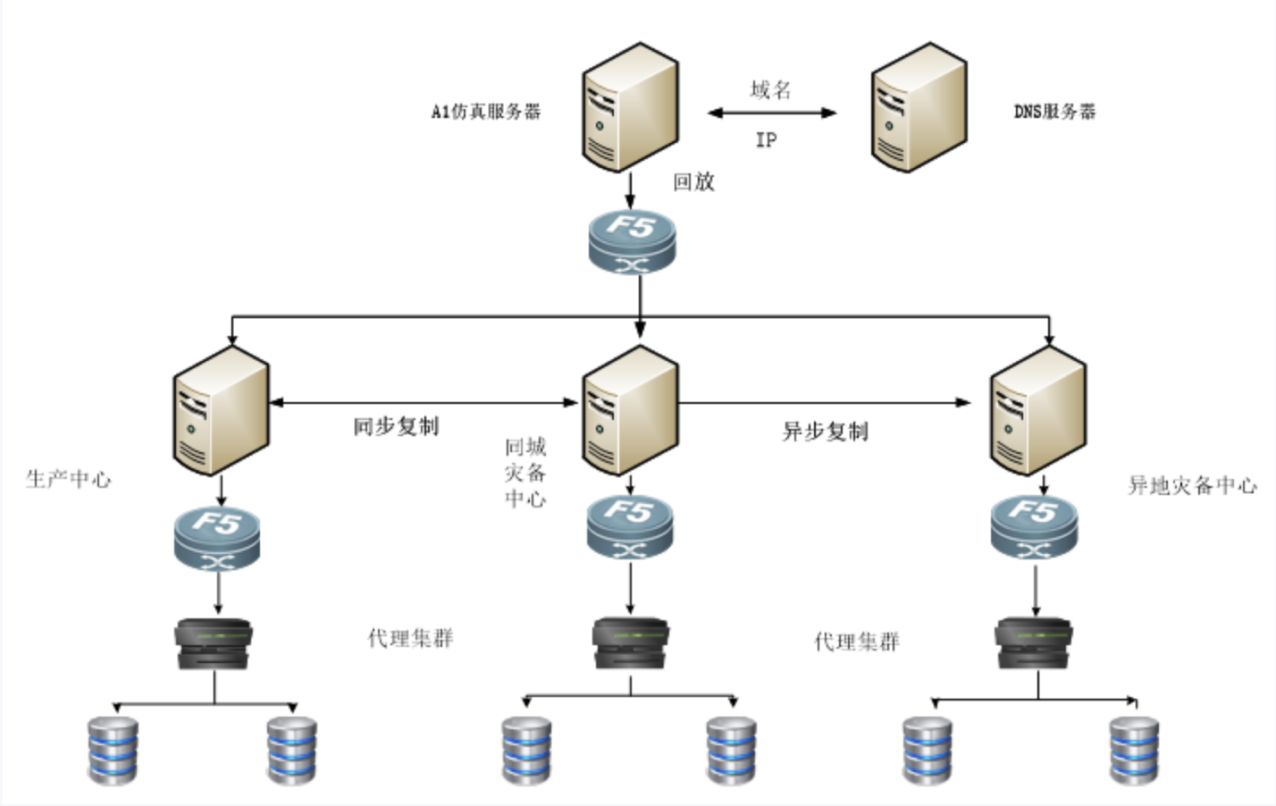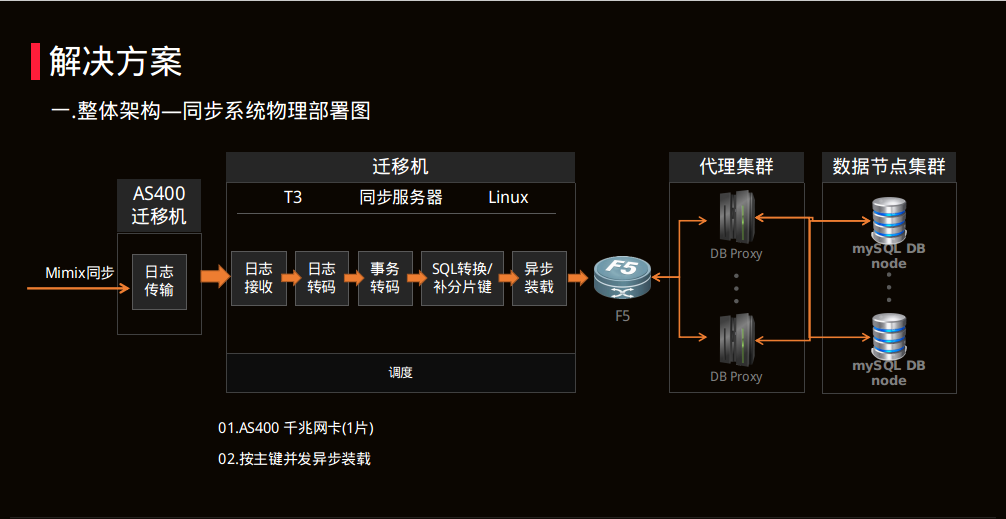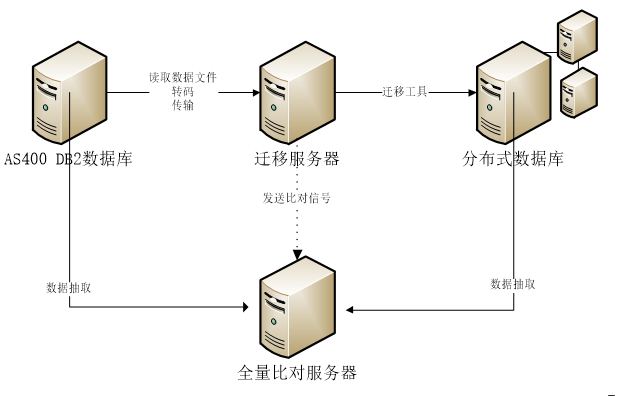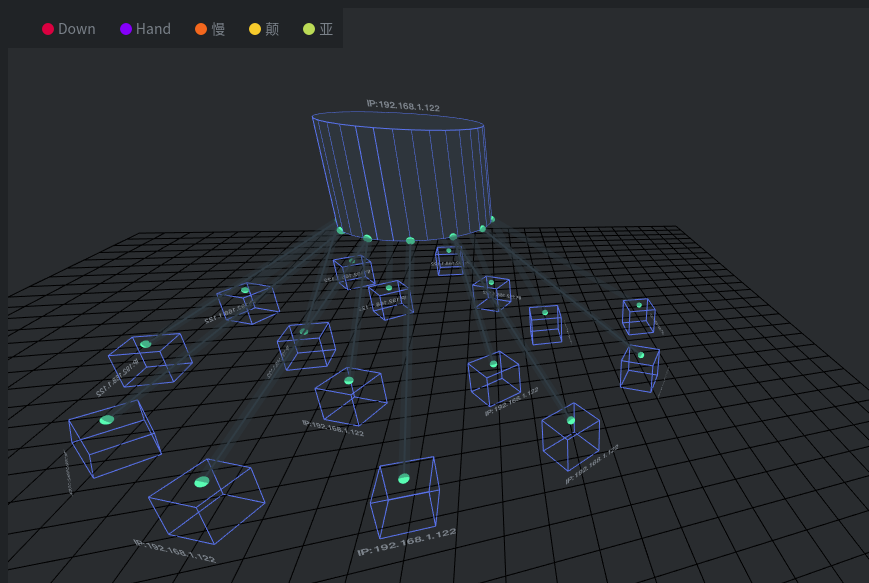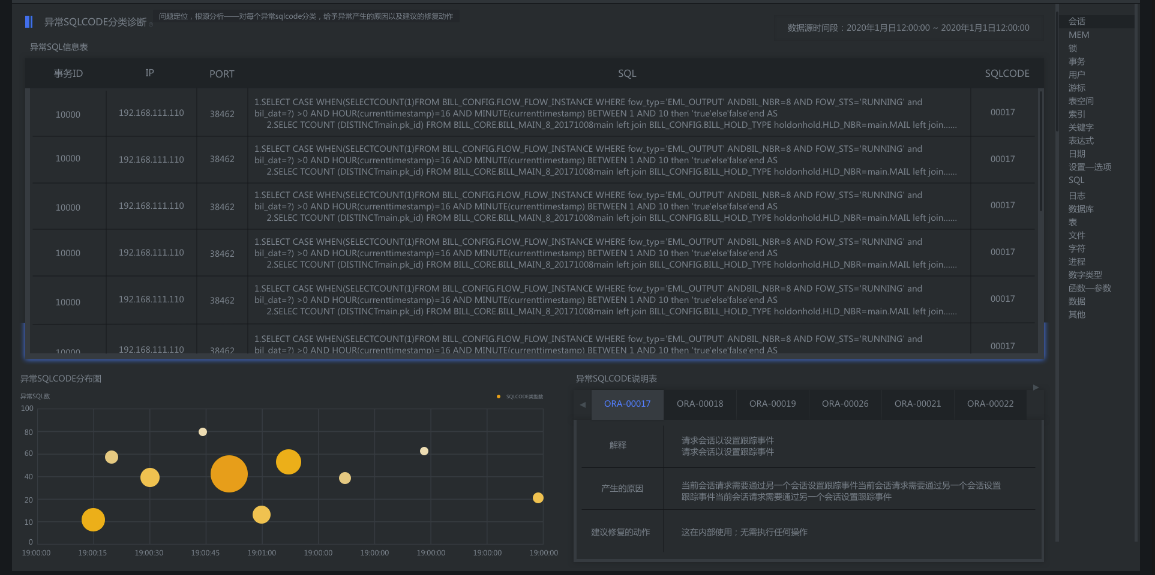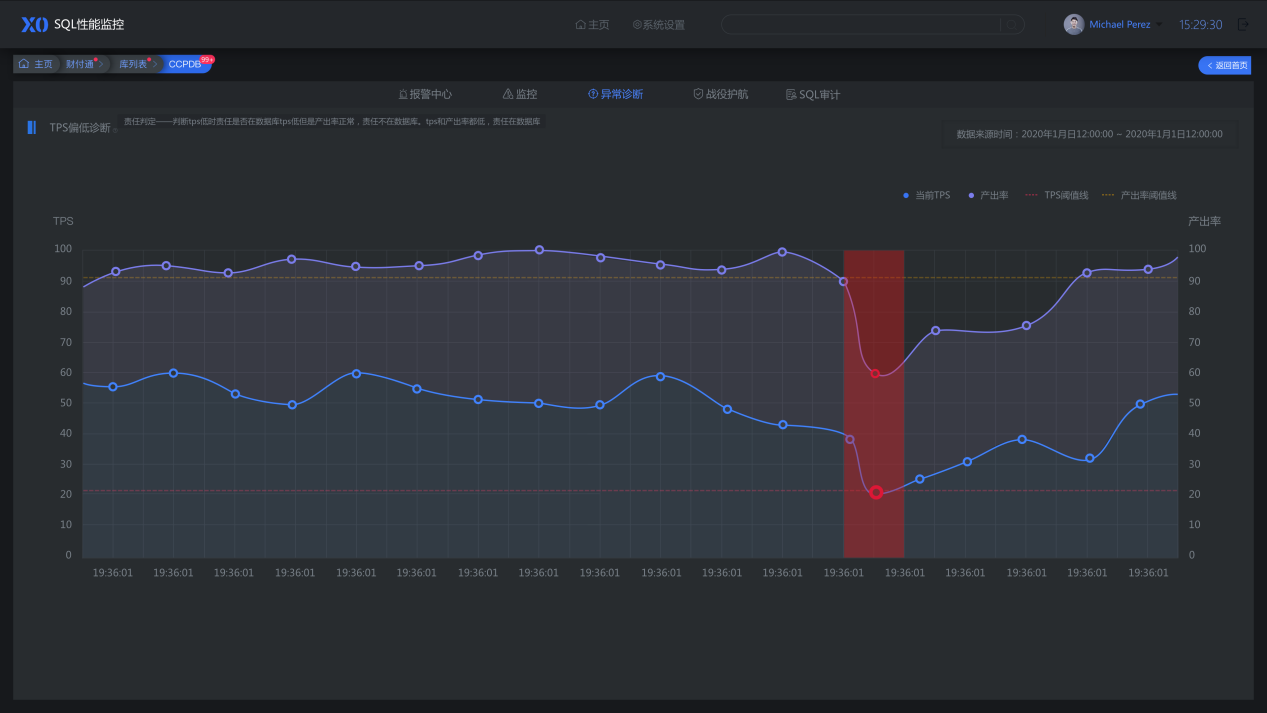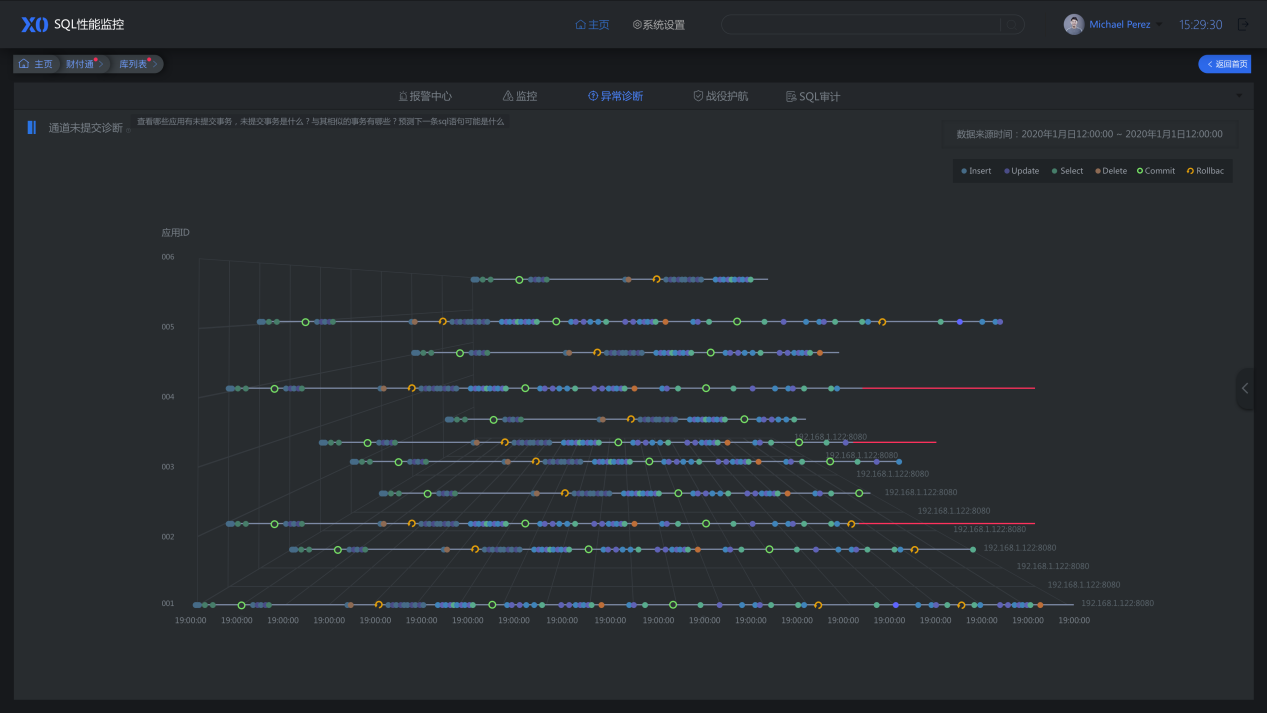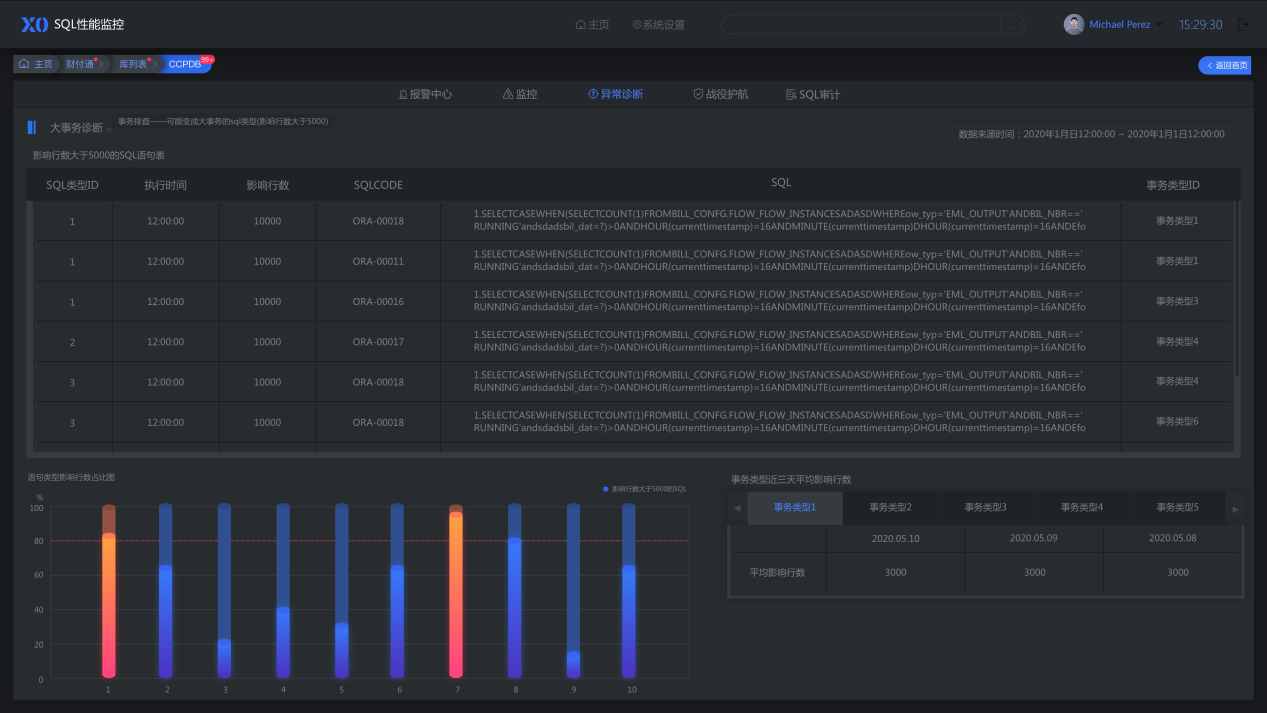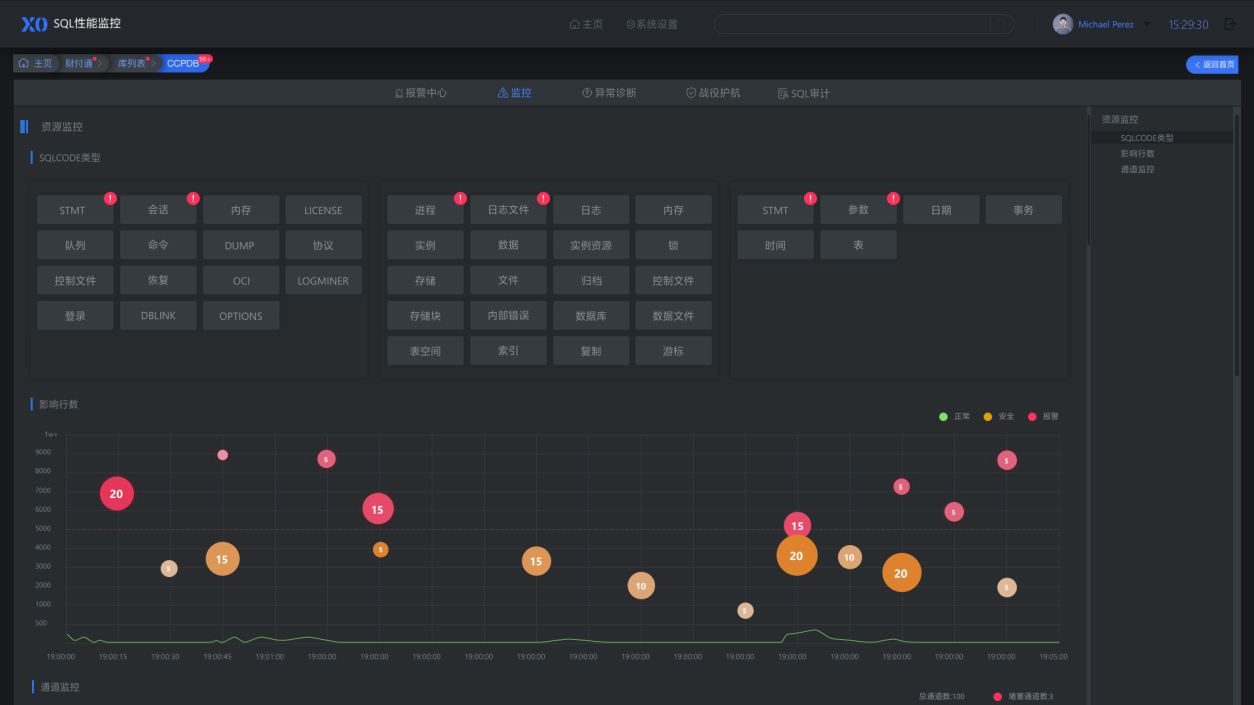
 With the rapid development of IT applications, more and more users of finance, banking, government, etc. require that their core business is continuously connected to the Internet 7*24, and the continuous power supply will continue to operate. Then there has been a two-region three-center program. For natural disasters, choosing two computer rooms in the same city and choosing one computer room in different places is called two places and three centers. This solution has high availability and disaster backup capabilities.
Multi-center emergency disaster simulation exercise program
Simulation test
With the rapid development of IT applications, more and more users of finance, banking, government, etc. require that their core business is continuously connected to the Internet 7*24, and the continuous power supply will continue to operate. Then there has been a two-region three-center program. For natural disasters, choosing two computer rooms in the same city and choosing one computer room in different places is called two places and three centers. This solution has high availability and disaster backup capabilities.
Multi-center emergency disaster simulation exercise program
Simulation test
English
 简体中文
简体中文
Solution
 Solution areas
migrate
Simulation test
version upgrade
Cloud centralized monitoring
DB move down
Disaster recovery backup
Performance monitoring and diagnosis
Solution areas
migrate
Simulation test
version upgrade
Cloud centralized monitoring
DB move down
Disaster recovery backup
Performance monitoring and diagnosis
Home
 Solution areas
migrate
Simulation test
version upgrade
Cloud centralized monitoring
DB move down
Disaster recovery backup
Performance monitoring and diagnosis
Solution areas
migrate
Simulation test
version upgrade
Cloud centralized monitoring
DB move down
Disaster recovery backup
Performance monitoring and diagnosis
Products
together. Use your professional abilities to provide
various digital services together through the platform .
0 series——fluoroscopy diagnostic series
1 series——put into production drill series
3 series——migration comparison series
cloud platform
Woxin Cloud goes to the cloud, sharing digital wealth
together. Use your professional abilities to provide
various digital services together through the platform .
Tweets
About
+86 0755-85219803
News Information
Company news
Product dynamics
Special Column
Database migration
Move host down

What are the needs of users?
In combination with the large-scale natural disasters in China in recent years, the disaster recovery model of "two locations and three centers" with two centers in the same city and remote disaster recovery centers has also emerged. This solution has both high availability and disaster backup capabilities. However, there is currently no relevant tool to verify its function, so there is an urgent need for a tool that can realistically simulate business scenarios and drive disaster drills.

Understand the technical solution

